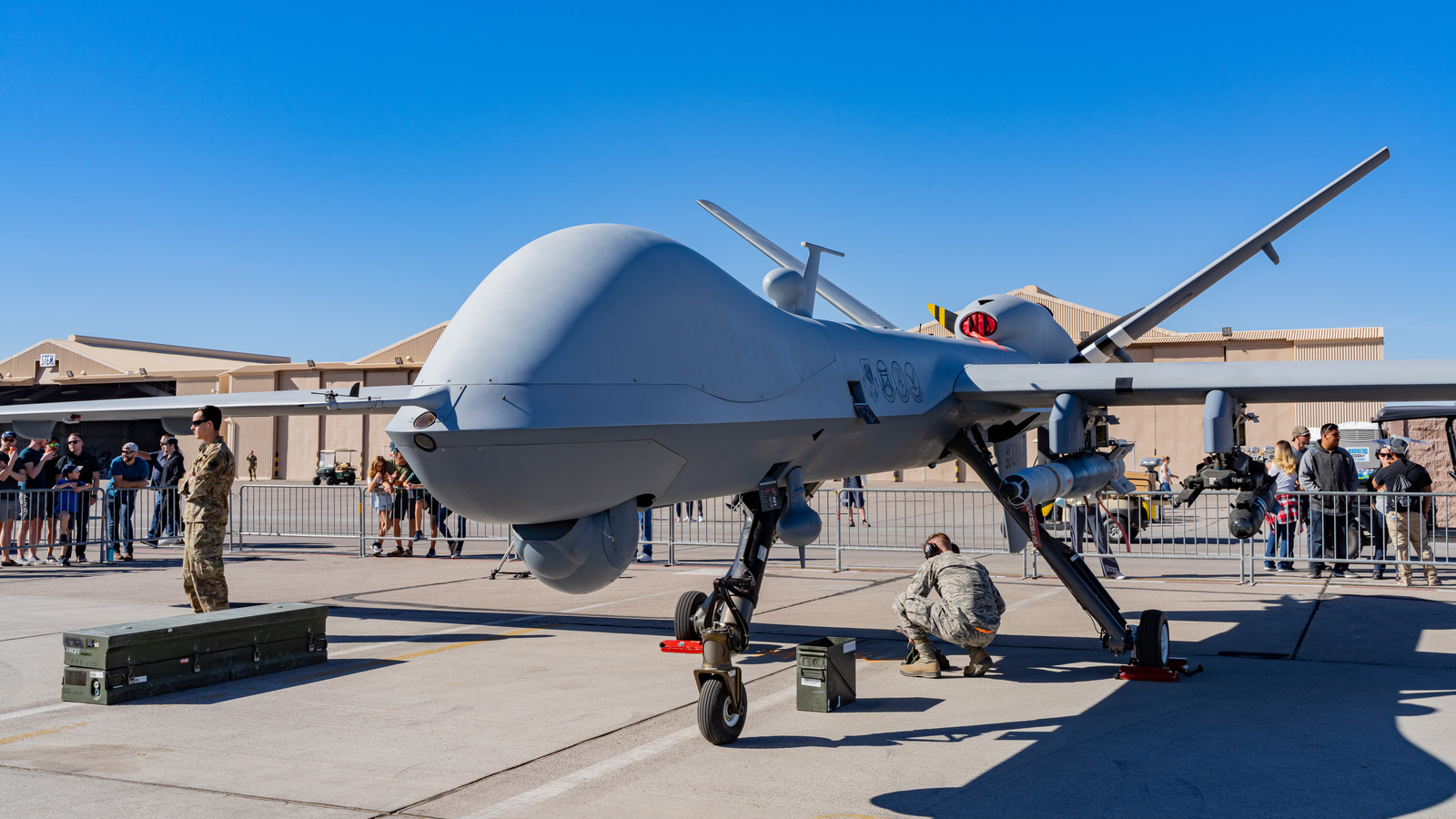
Before getting into the nitty gritty, it’s important to understand the value that the MQ-9 Reaper brings to the Air Force in modern combat efficacy. UAV technology has revolutionized the mission capabilities of the modern Air Force. By removing pilots from the aircraft itself, remote operators can perform a range of combat duties without placing them in the line of fire. These tools make it possible to engage in risky operations without having to weigh the lives of pilots alongside the priorities of a successful outcome. In a November 2021 policy paper for the Mitchell Institute, Retired Major General Lawrence Stutzreim suggests that the MQ-9 Reaper “is one of the Air Force’s most relevant aircraft,” even as talks of phasing the platform out take place in real-time. It can achieve a flight ceiling of 50,000 feet, and remain over a target continuously for as long as 24 hours.
In terms of cost-effectiveness, no other aircraft can operate with the same shoestring price tag that the Reaper exhibits. Four MQ-9s along with the corresponding ground infrastructure cost roughly $56.5 million, in contrast to a single, sans-engine F-35’s $75 million and an F-22’s $142 million-plus unit costs. In addition, the MQ-9 Reaper adds a flight hour cost of about $3,500 compared to the F-16’s $8,000 flight hour operational cost. The Reaper is both relatively inexpensive and heavily leaned on to provide an elongated mission window in support of overwatch capabilities, target tracking, and remote strike options that aren’t possible in crewed flight.
For all the latest Gaming News Click Here
For the latest news and updates, follow us on Google News.
